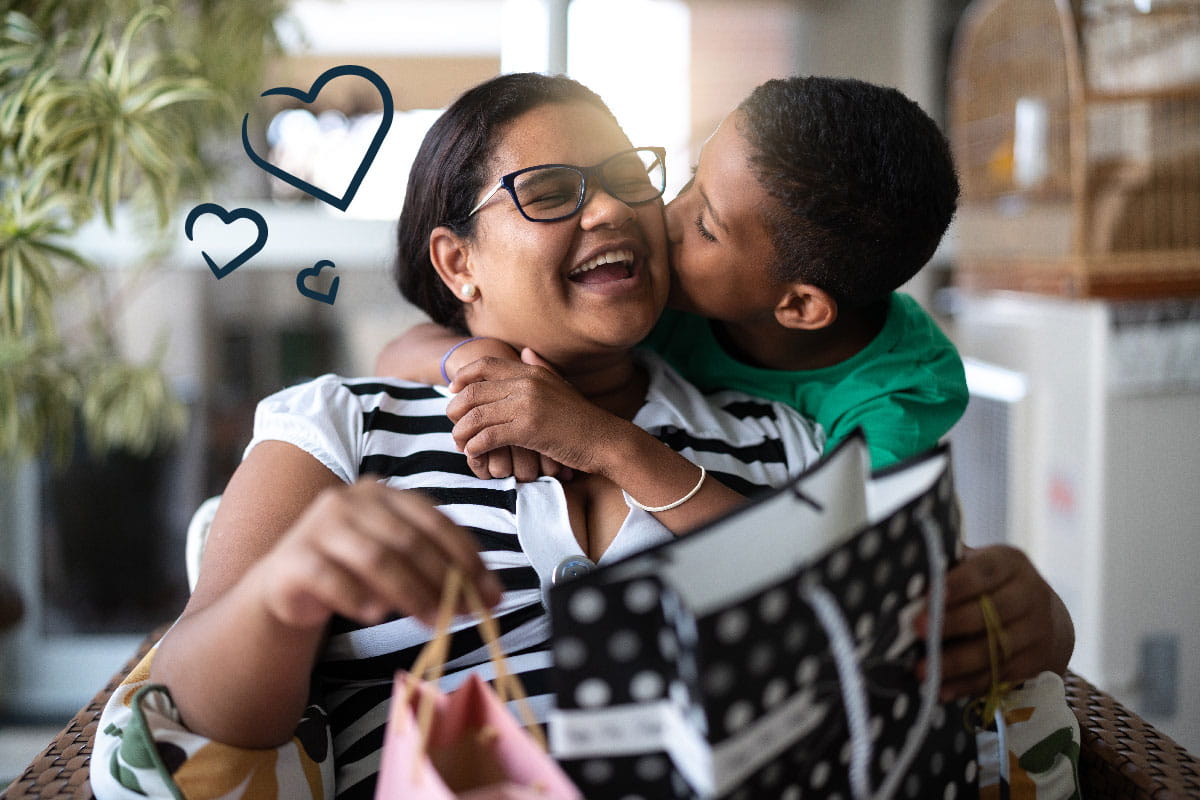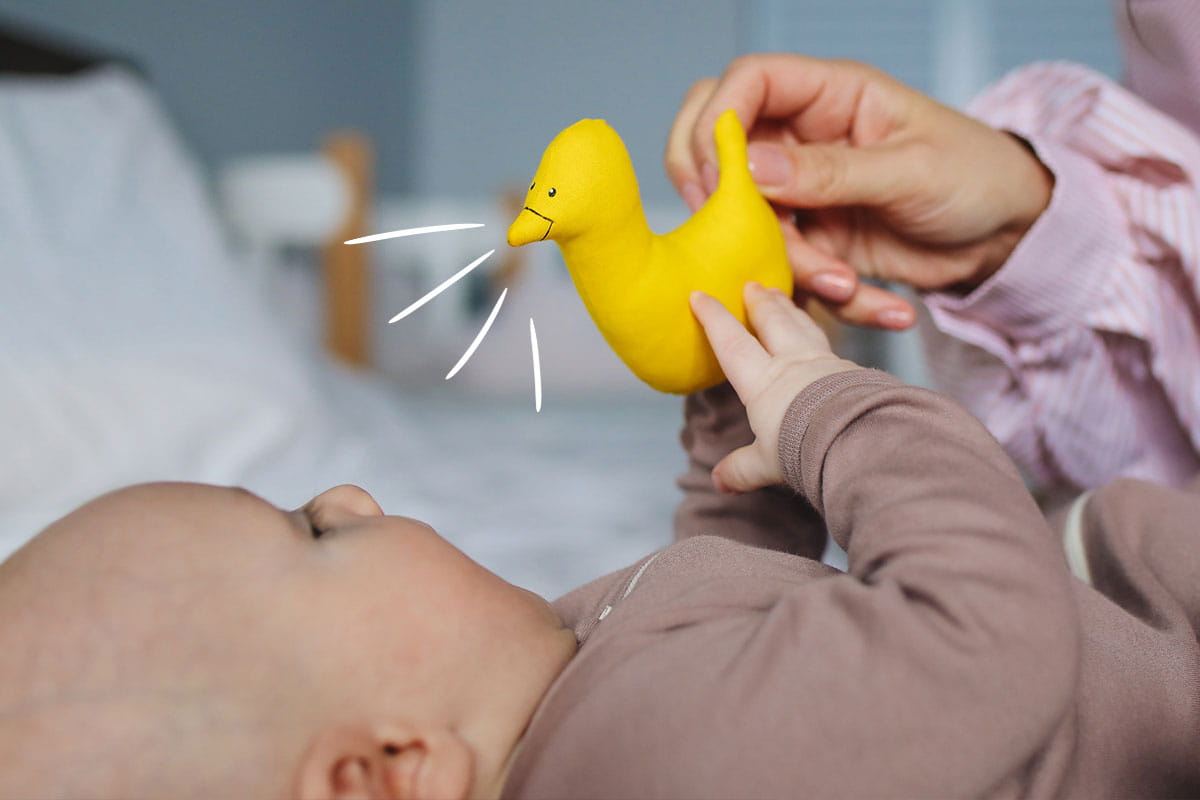8 Everyday Activities That Fuel Your Child's Brain Development
Did you know your child is making massive strides just by playing in dirt, building forts with blankets, and scribbling on paper? 70% of a human’s brain development happens during the first three years of life through play. And while you might think you need to get on it and start reading up on baby brain-boosting activities, hold on for a moment. Many of the mundane activities your child is doing at home are actually developing their brain right before your eyes. Here are eight of them:
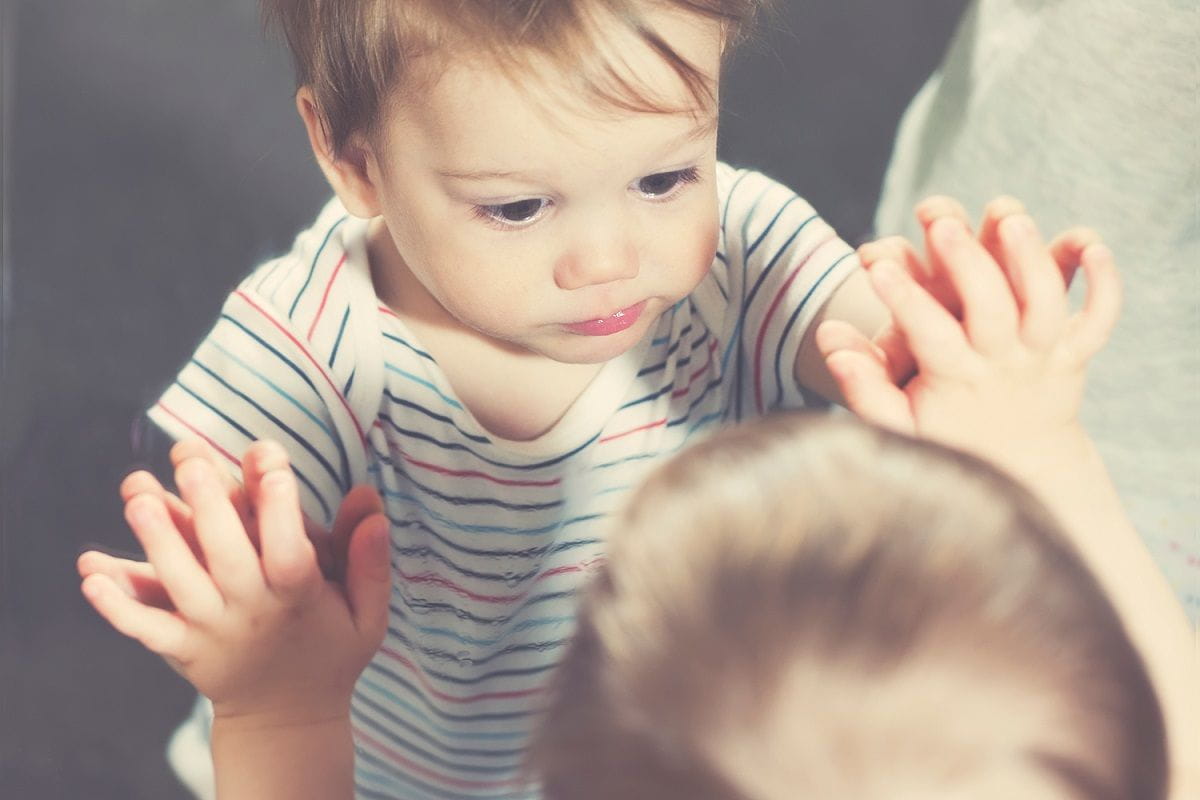
1. Looking in the Mirror = Baby Brain Development
With every gaze at their oh-so adorable reflection, your baby is making social and emotional connections that will eventually lead to a major self-discovery: “Hey, that’s me!”. Help your baby learn by describing what they might see in the mirror. Encourage them to smile and coo at the baby in the mirror.
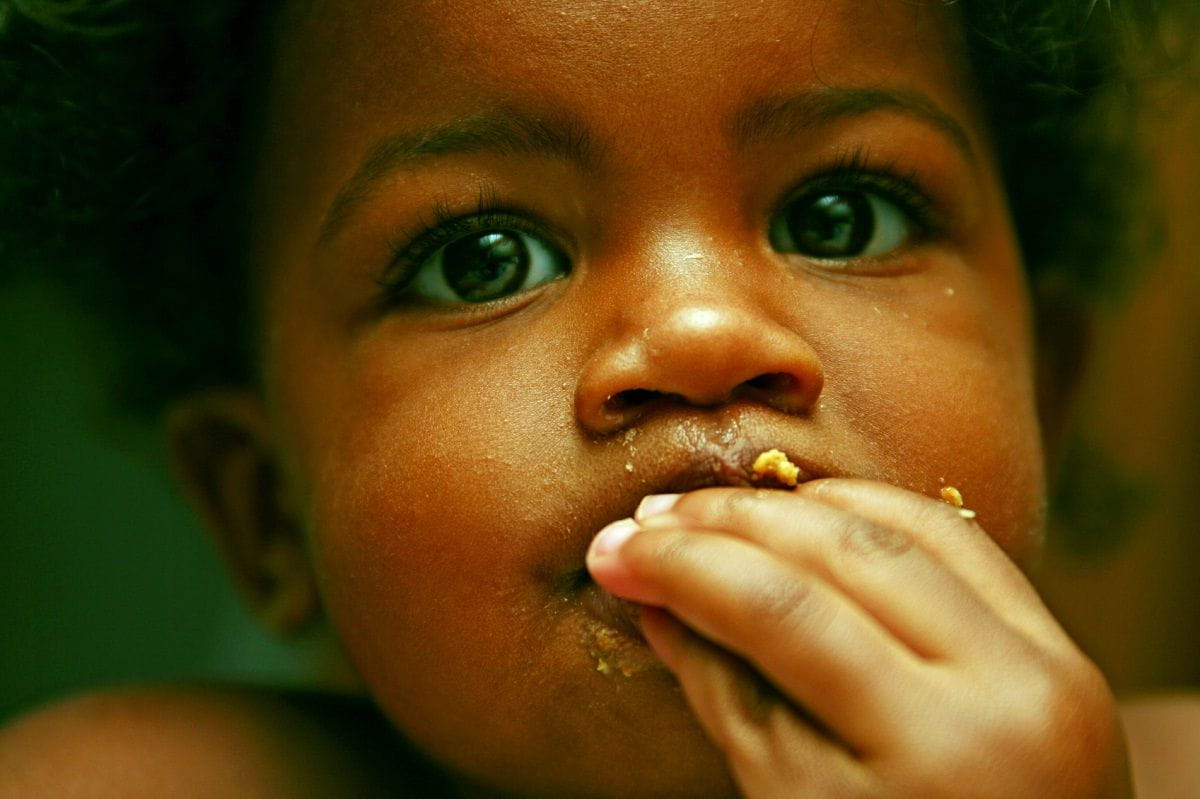
2. Making a Mess at Mealtime Aids Brain Development
Yes, your toddler will touch, pat and squish their food. That’s because they are making brain connections by exploring their world through touch, taste and smell. Help strengthen important neural pathways in the brain by providing different textures for your child to explore, such as rough, smooth, or sticky items.
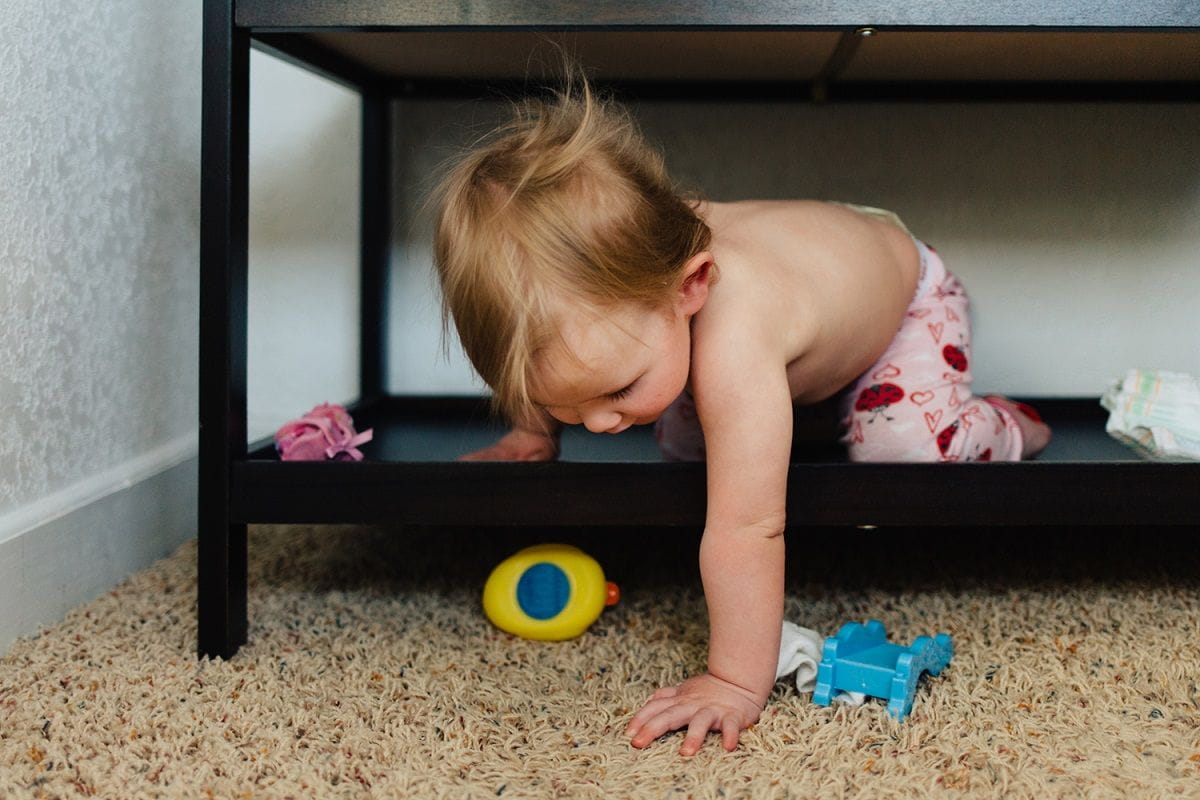
3. Climbing on Everything Is Brain Development
When you find your two-year-old on top of the coffee table, they are not intentionally trying to scare you. They are exploring their world while working on the important physical skills of balance and coordination. Encourage safe climbing with lots of outdoor and playground time (and stay safe!).
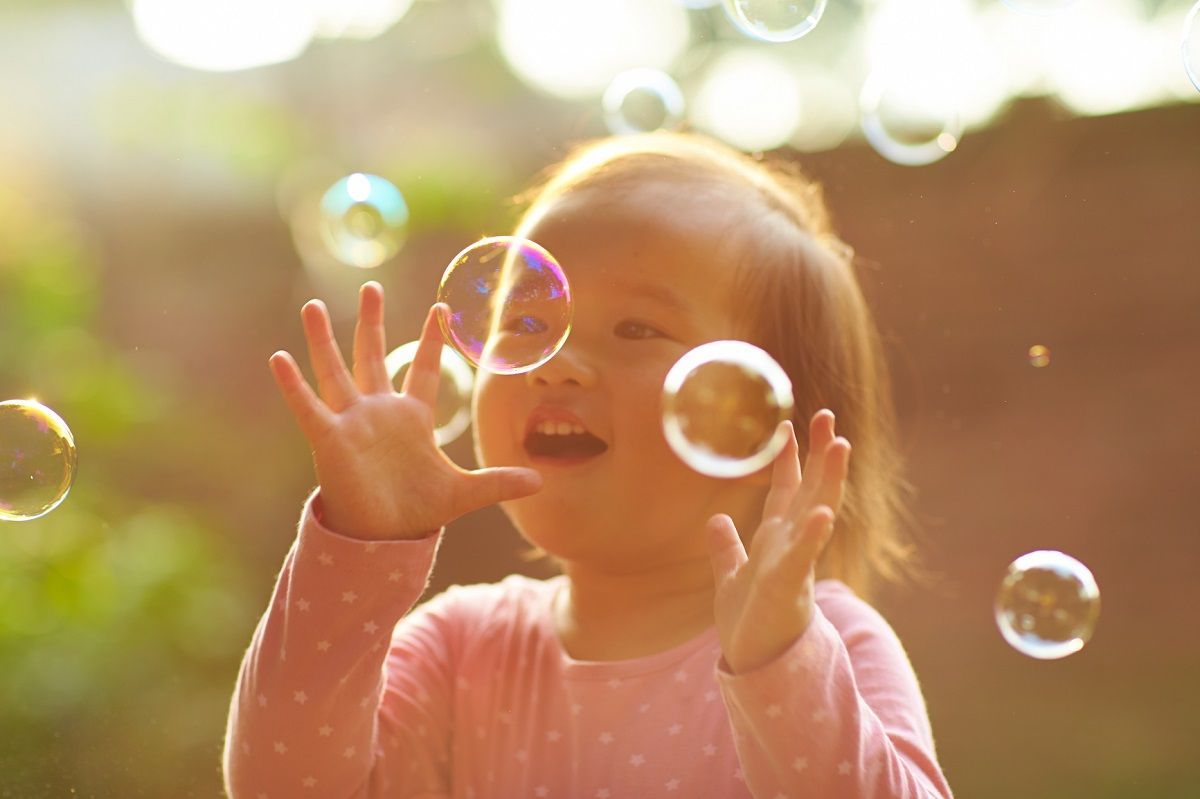
4. Blowing Bubbles Encourages Brain Development
You can never have enough bubble solution in your home…and for good reason. Your child’s bubble play is building the foundation for science, creative arts, and even mathematical thinking. Try adding food coloring and glitter to the bubble mixture for even more magical play.
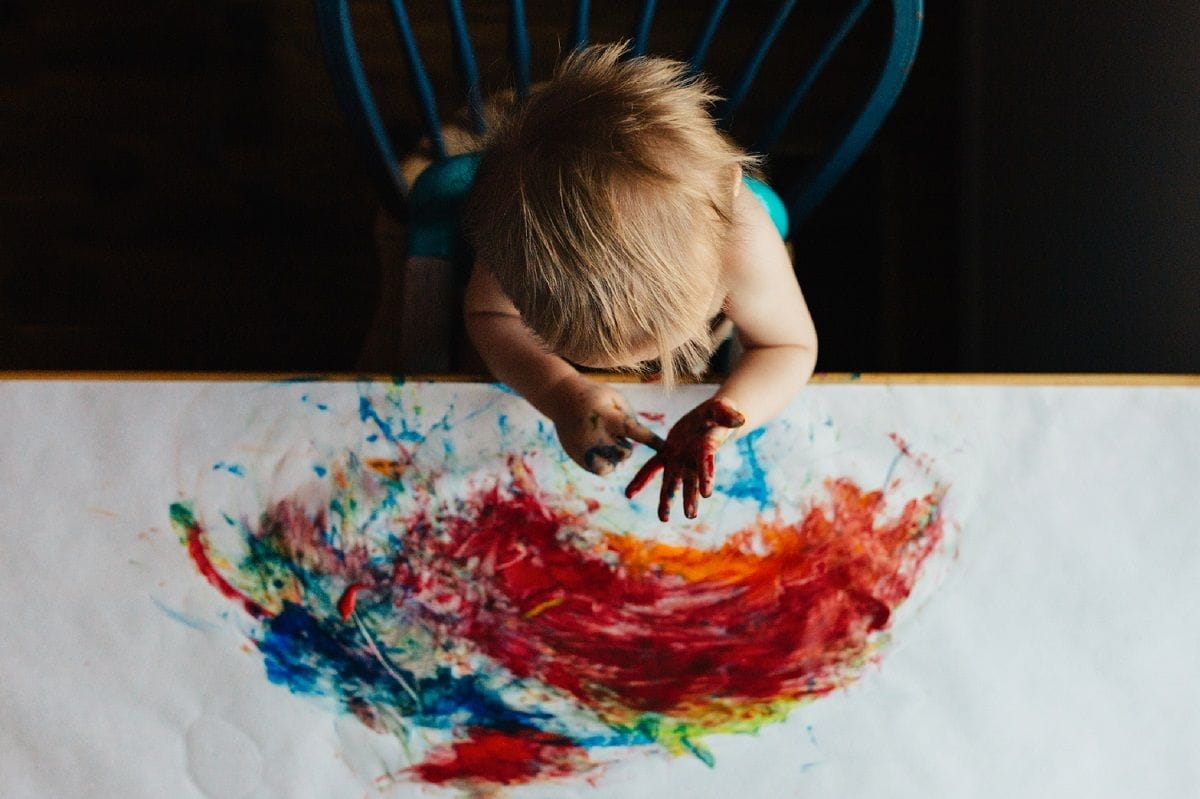
5. Finger Painting Is Brain Development
Finger painting is both a fascinating art and sensory experience. Watch your child’s face light up when they realize that when they mix yellow and blue together, an entirely new color is created! Give your child a boosted sensory experience by adding textured material like sand or rice to the paint.
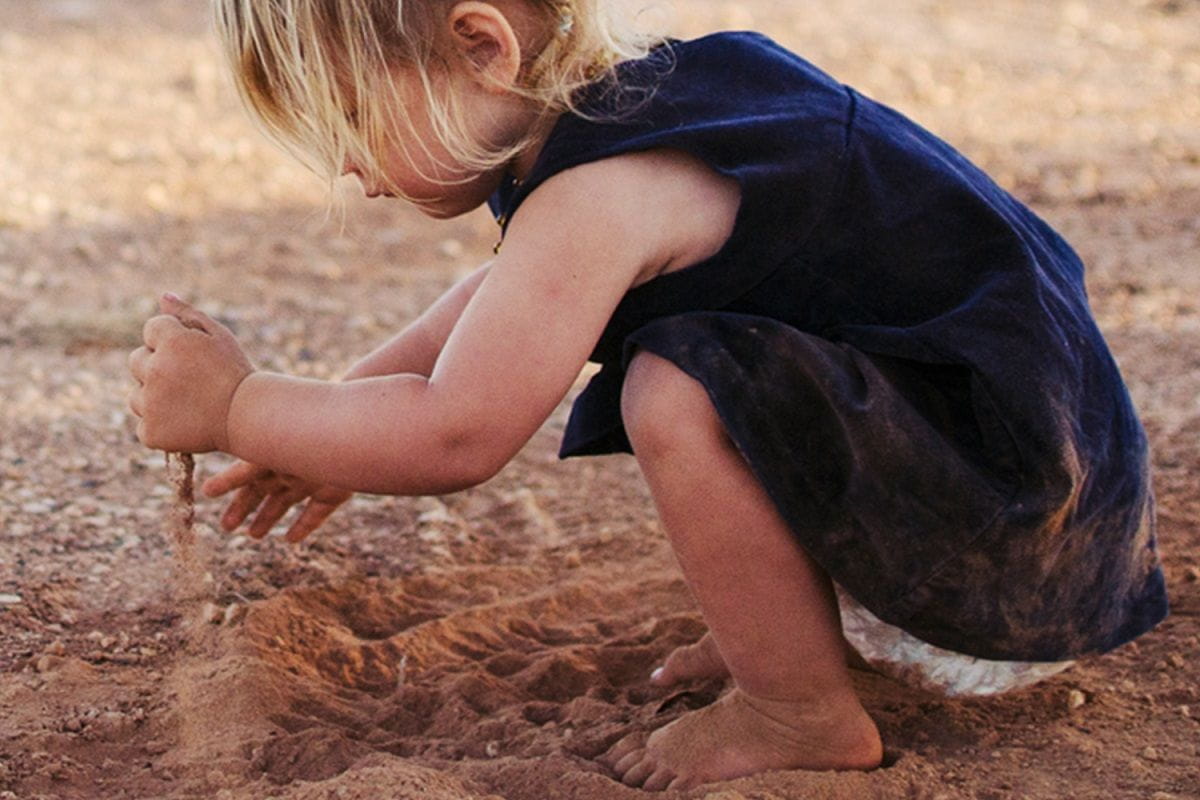
6. Playing in Dirt Aids Brain Development
The natural world is its own unique learning environment. Something as simple as digging in dirt can help support a child’s curiosity. So give your young scientist plenty of opportunities to dig and dump. Add a magnifying glass so your child can look at dirt, rocks and small creatures up close.
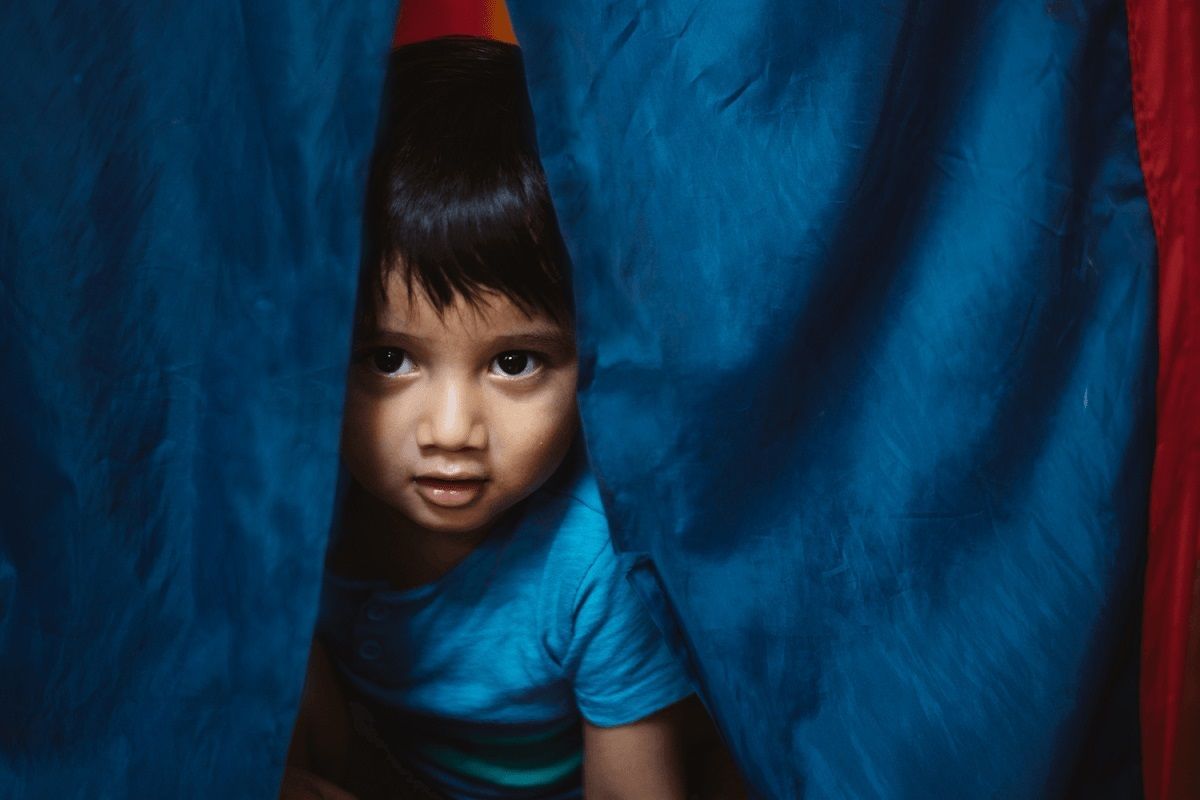
7. Building Forts Is Brain Development
Blankets and pillows are irresistible indoor fort-building materials. But before you halt construction, consider this: building and crawling through indoor forts is a great way for children to get exercise and can help develop skills such as spatial awareness, planning, and problem-solving skills.
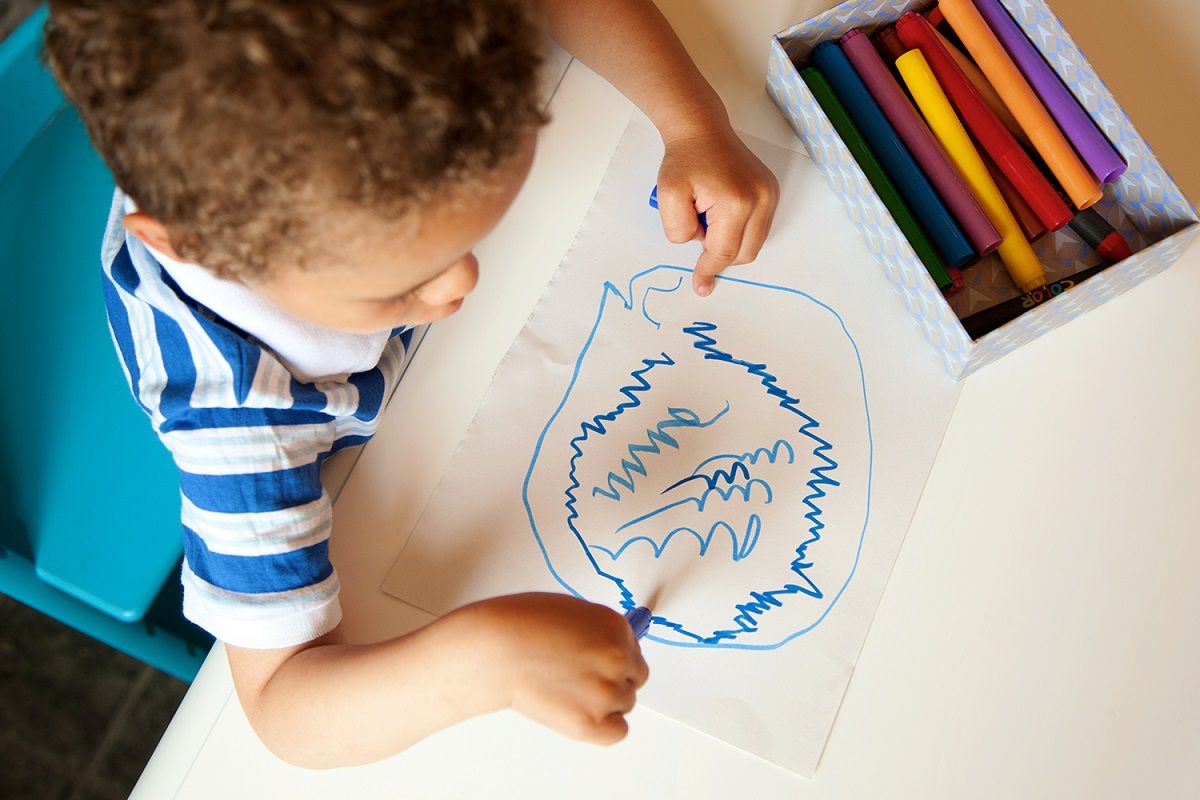
8. Scribbling Is Brain Development
Did you know that scribbling on paper is part of the natural progression toward writing? Experimenting with writing and drawing tools helps build the small-muscle skills and hand-eye coordination needed for writing. Providing baskets of paper and chubby crayons and pencils will give your child plenty of pre-writing opportunities.

